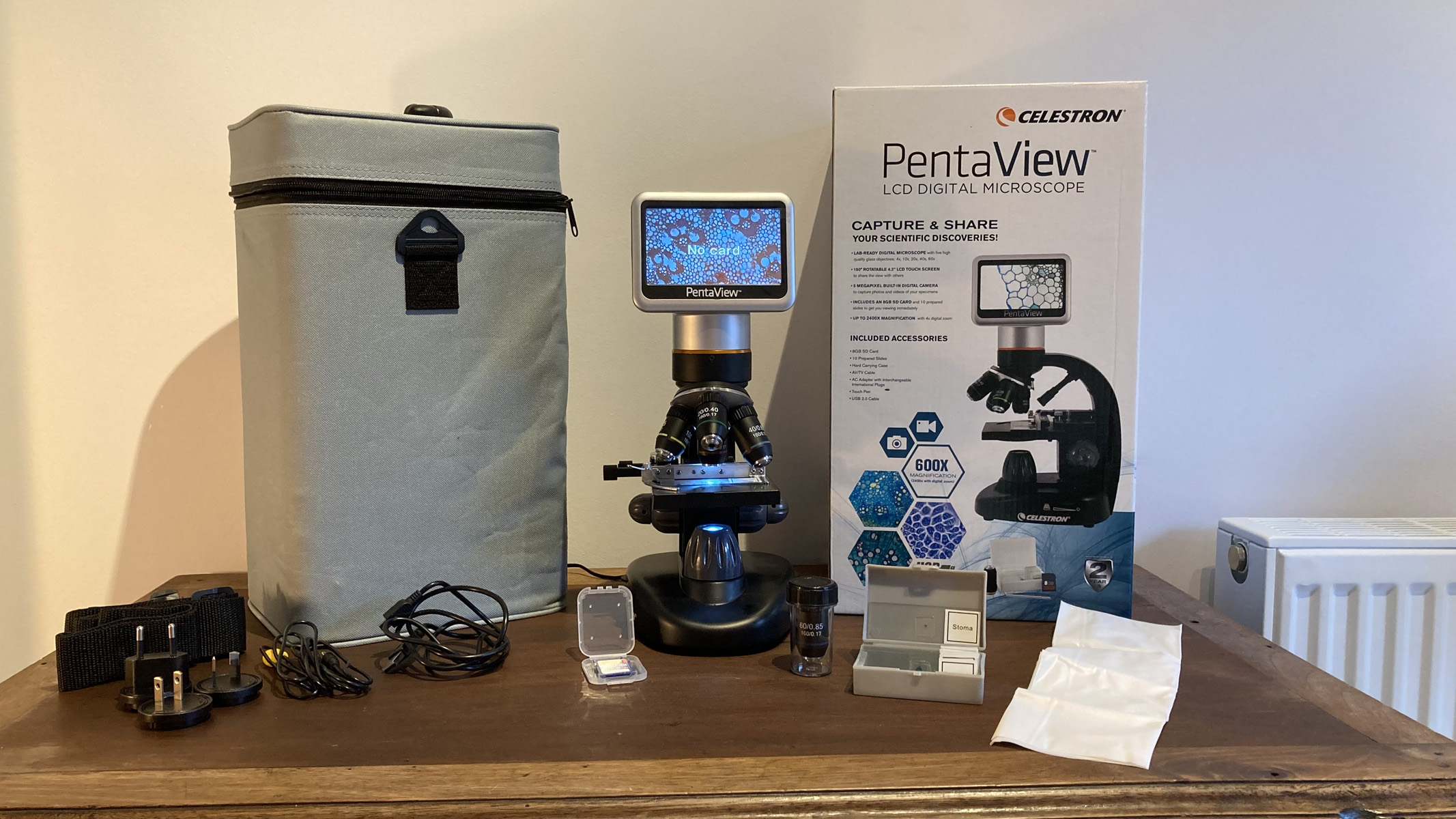Polymers, Vol. 16, Pages 3134: Design and Optimization of PEDOT/Graphene Oxide and PEDOT/Reduced Graphene Oxide Electrodes to Improve the Performance of Microbial Fuel Cells, Accompanied by Comprehensive Electrochemical Analysis
Polymers doi: 10.3390/polym16223134
Authors: Gean Arteaga-Arroyo Andrea Ramos-Hernández Aldeir De Los Reyes-Rios Maximiliano Méndez-López Karina Pastor-Sierra Daniel Insuasty Edgar Marquez Jayson Fals
A comprehensive investigation into the design and electrochemical optimization of composite electrodes consisting of poly(3,4-ethylenedioxythiophene) (PEDOT)/graphene oxide (GO)/Methanococcus deltae and reduced graphene oxide (rGO)/Methanococcus deltae hybrids, anchored onto stainless-steel (SS) substrates, has been conducted. The GO and rGO materials were synthesized using a modified Hummer method. The resulting SS/PEDOT/GO and SS/PEDOT/rGO composite electrodes were subjected to systematic electrochemical characterization, focusing on the PEDOT p-type and n-type doping/undoping processes within diverse solvent environments (CH3CN and H2O) and electrolyte compositions (LiClO4 and KCl). Raman spectroscopy analysis confirmed the successful integration of graphene derivatives into the electrode structures, while field-emission scanning electron microscopy (FESEM) and atomic force microscopy (AFM) revealed increased surface roughness upon GO and rGO incorporation. This increase in surface roughness is believed to enhance the adhesion of Methanococcus deltae microorganisms and facilitate efficient electron transport. Electrochemical measurements showed that the resulting SS/PEDOT/GO and SS/PEDOT/rGO anodes exhibit remarkable electrocatalytic activity. The SS/PEDOT/GO electrode achieved a maximum power density of 1014.420 mW/cm2, while the SS/PEDOT/rGO electrode reached 632.019 mW/cm2.

 1 month ago
14
1 month ago
14


